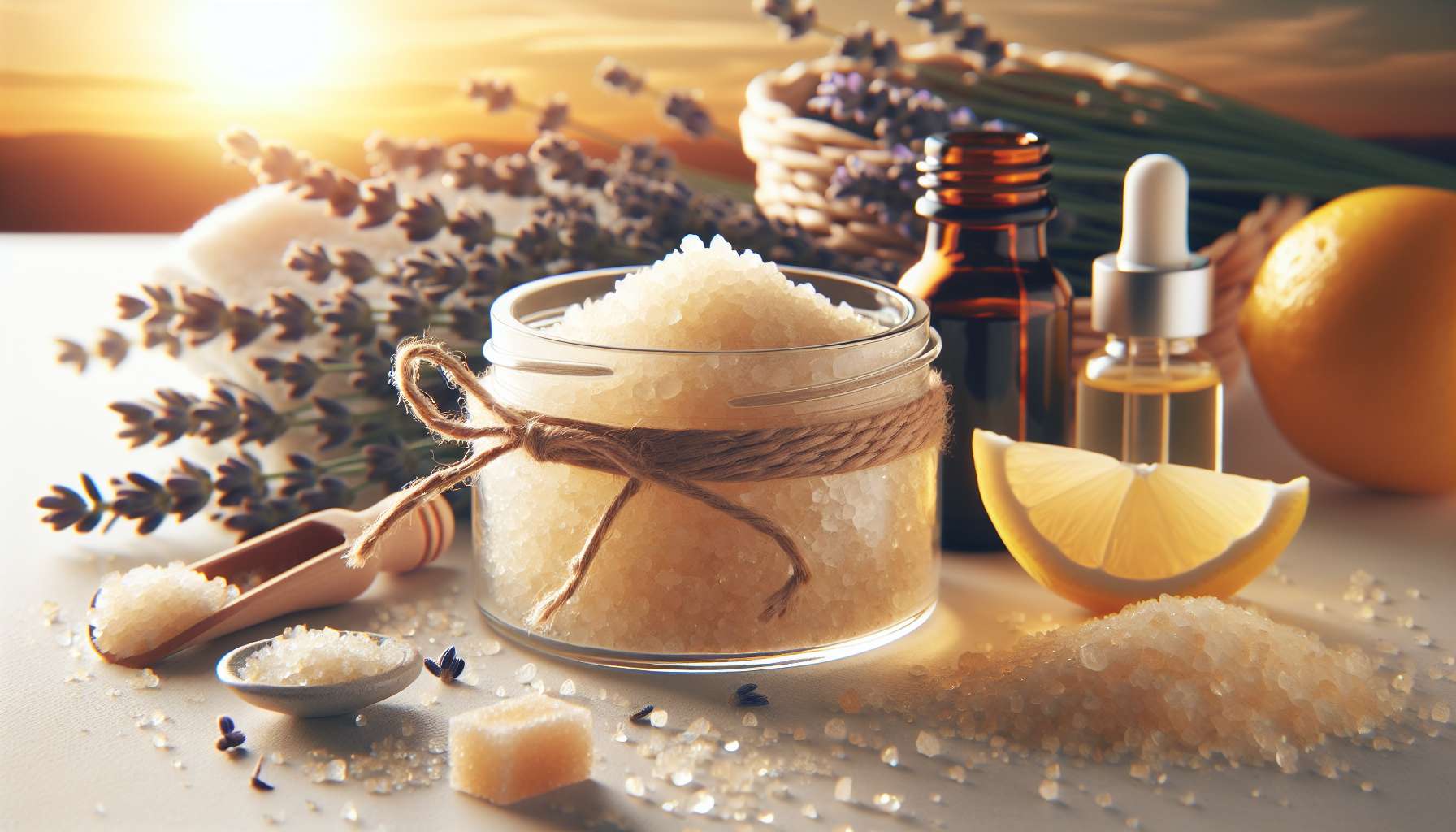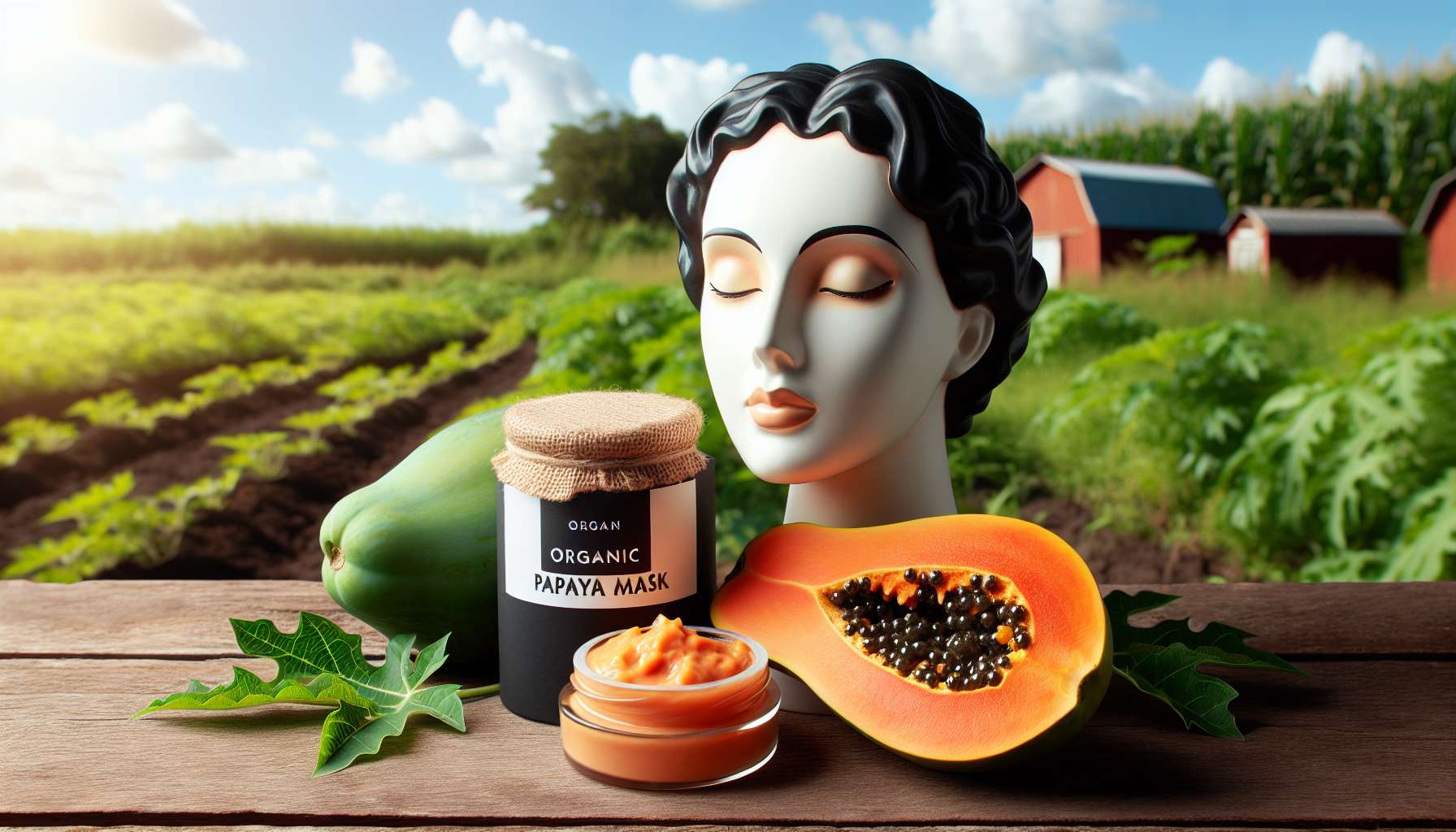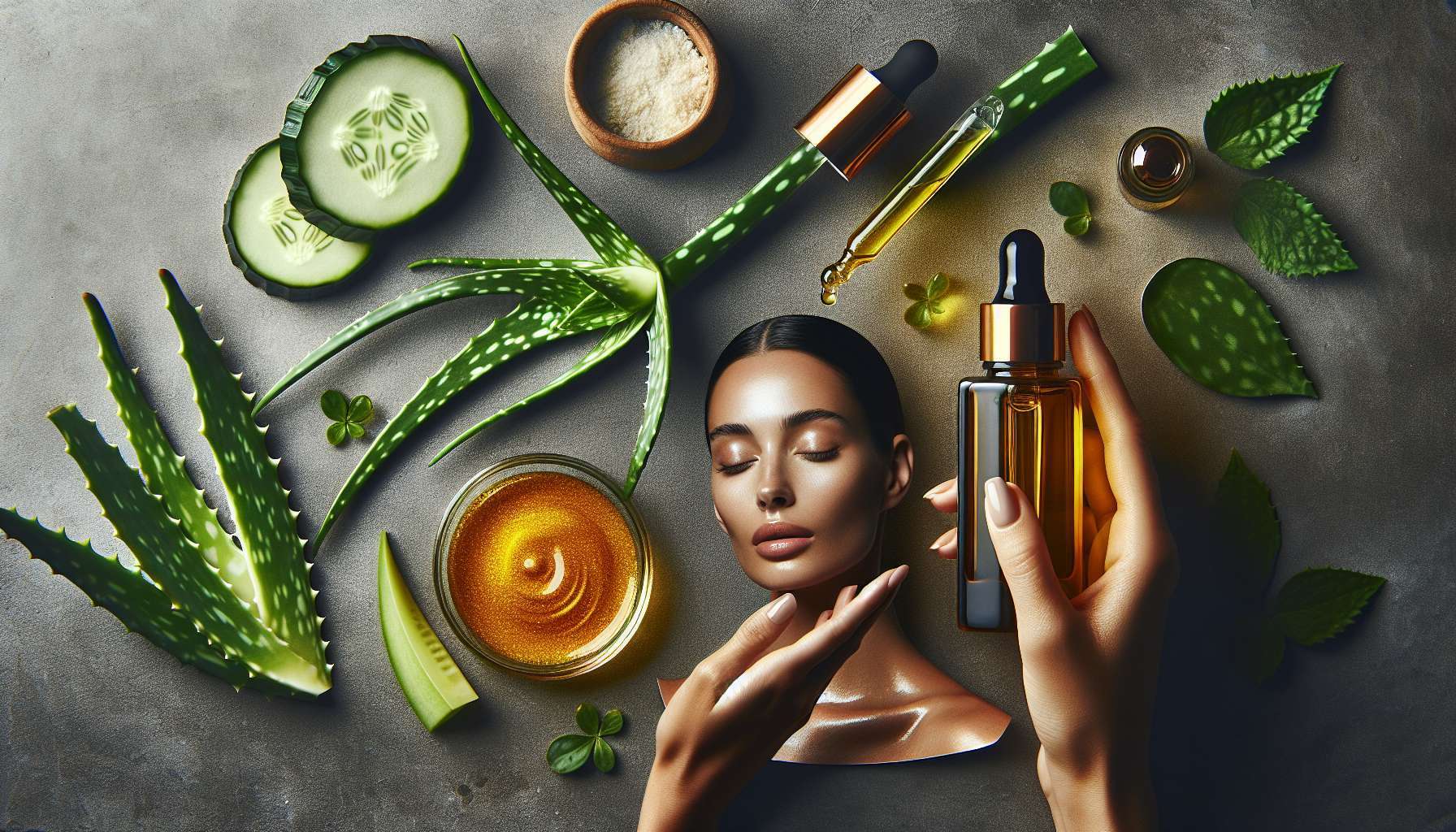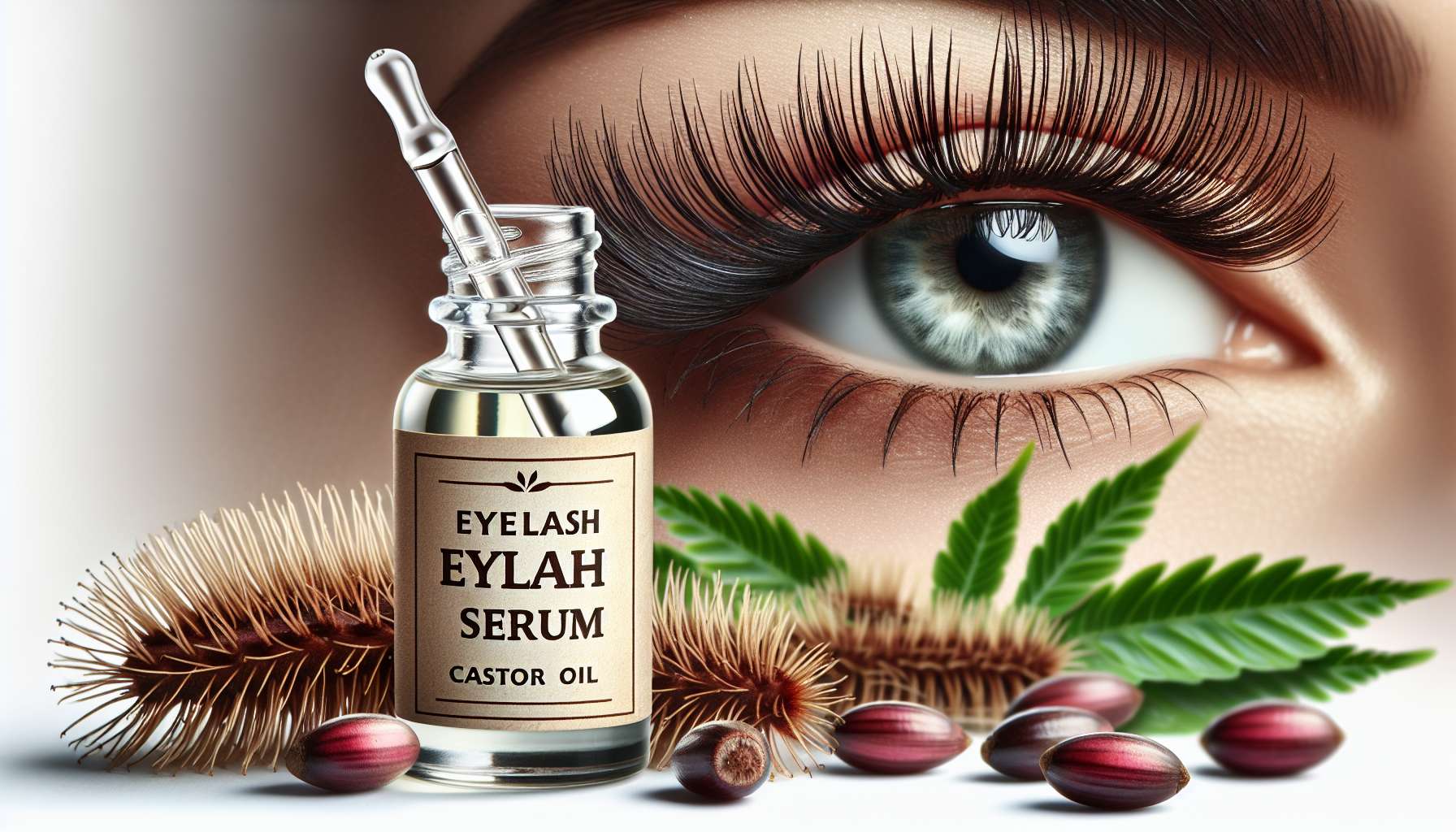The Ultimate Guide to Sugar Scrub: Everything You Need to Know
Welcome to the ultimate guide to sugar scrub, a popular skincare product that has gained immense popularity in recent years. As more and more people are turning towards natural and gentle alternatives for their skincare routine, sugar scrub has emerged as a go-to option for exfoliation and rejuvenation.
In this comprehensive article, we will delve deep into the world of sugar scrub, exploring its origins, benefits, applications, controversies, and much more. By the end of this guide, you will have a thorough understanding of what sugar scrub is, how it works, and why it has become a staple in many people’s skincare routines.
The Origins of Sugar Scrub
Sugar scrub is not a new invention; in fact, its origins can be traced back centuries. Historically, sugar has been used for exfoliation purposes in various cultures around the world. The gentle abrasive texture of sugar makes it an ideal ingredient for scrubbing away dead skin cells and revealing smoother, brighter skin underneath.
In ancient times, sugar was often combined with natural oils and herbs to create homemade exfoliating scrubs. These scrubs were used not just for cosmetic purposes but also for their therapeutic benefits. The gentle massaging action of the sugar scrub was believed to stimulate circulation, promote lymphatic drainage, and improve overall skin health.
Today, sugar scrub has evolved into a mainstream skincare product, with a wide range of commercial options available in the market. From artisanal small-batch scrubs to mass-produced formulations, there is a sugar scrub for every preference and budget.
The Science Behind Sugar Scrub
At its core, sugar scrub works by physically exfoliating the skin. The granulated sugar particles help to slough off dead skin cells, unclog pores, and improve the skin’s overall texture. Unlike harsh chemical exfoliants, sugar scrub is gentle enough for all skin types, including sensitive skin.
When massaged onto the skin, sugar scrub also helps to stimulate blood flow and promote lymphatic drainage. This can give the skin a healthy glow and improve circulation, which is essential for maintaining skin health. Additionally, the natural oils present in sugar scrub help to moisturize and nourish the skin, leaving it soft, smooth, and hydrated.
One of the key benefits of sugar scrub is its ability to enhance the absorption of other skincare products. By removing dead skin cells and unclogging pores, sugar scrub allows serums, moisturizers, and other treatments to penetrate deeper into the skin, making them more effective.
The Benefits of Using Sugar Scrub
There are numerous benefits to incorporating sugar scrub into your skincare routine. Some of the key advantages include:
Exfoliation
Sugar scrub effectively removes dead skin cells, unclogs pores, and promotes cell turnover, resulting in smoother, brighter skin.
Hydration
The natural oils in sugar scrub help to moisturize and nourish the skin, leaving it soft, supple, and hydrated.
Improved Texture
Regular use of sugar scrub can help to improve the overall texture of the skin, making it appear smoother and more even-toned.
Circulation
The massaging action of sugar scrub stimulates blood flow, promoting circulation and lymphatic drainage for healthier-looking skin.
Skin Health
Sugar scrub can help to prevent breakouts, reduce inflammation, and promote overall skin health by keeping pores clean and unclogged.
How to Use Sugar Scrub
Using sugar scrub is simple and straightforward, but there are a few key tips to keep in mind to get the best results. Here’s a step-by-step guide on how to use sugar scrub effectively:
1. Wet Your Skin
Before applying the sugar scrub, make sure your skin is damp. This will help the scrub spread more easily and prevent it from feeling too abrasive.
2. Apply the Scrub
Scoop out a small amount of sugar scrub and gently massage it onto your skin in circular motions. Focus on areas that are rough or dry, such as elbows, knees, and heels.
3. Rinse Off
After exfoliating, rinse off the sugar scrub with warm water. You can also use a washcloth or sponge to help remove any remaining residue.
4. Moisturize
After using sugar scrub, it’s essential to moisturize your skin to lock in hydration. Choose a nourishing body lotion or oil to keep your skin soft and supple.
Expert Opinions on Sugar Scrub
Many skincare experts and dermatologists recommend sugar scrub as a safe and effective exfoliation method for most skin types. Dr. Jane Smith, a board-certified dermatologist, states, “Sugar scrub is a fantastic option for gentle exfoliation, especially for those with sensitive skin or conditions like eczema.”
However, some experts caution against using sugar scrub on delicate or sensitive skin, as the abrasive texture of sugar can potentially irritate or damage the skin. It’s always best to consult with a dermatologist before incorporating any new skincare product into your routine.
Common Misconceptions About Sugar Scrub
There are several misconceptions surrounding sugar scrub that may prevent people from trying this beneficial skincare product. One common myth is that sugar scrub is too harsh for sensitive skin. While some scrubs can be abrasive, there are gentler formulations available that are suitable for all skin types.
Another misconception is that sugar scrub is only for the body. While it’s true that sugar scrub is commonly used on the body, there are also facial scrubs available that are specifically formulated for the delicate skin on the face. These facial scrubs are typically milder and less abrasive than body scrubs.
Comparative Analysis: Sugar Scrub vs. Salt Scrub
One common question that arises when discussing sugar scrub is how it compares to salt scrub. While both types of scrubs are used for exfoliation, they have some key differences that may influence your choice:
Sugar Scrub
Pros: Gentle on the skin, suitable for sensitive skin, moisturizing properties, promotes skin hydration.
Cons: Can be sticky, may not be as effective for deep exfoliation.
Salt Scrub
Pros: Effective for deep exfoliation, helps to remove toxins, invigorating scent, can improve circulation.
Cons: Harsh on sensitive skin, may cause irritation or dryness, not suitable for all skin types.
Ultimately, the choice between sugar scrub and salt scrub comes down to personal preference and skin type. If you have sensitive skin or prefer a gentler exfoliation, sugar scrub may be the better option. However, if you’re looking for a more intense exfoliation or enjoy the invigorating scent of salt scrub, you may prefer to use a salt scrub instead.
FAQs About Sugar Scrub
1. Is sugar scrub suitable for all skin types?
Sugar scrub is generally safe for all skin types, including sensitive skin. However, it’s essential to choose a gentle formulation and avoid scrubbing too vigorously, especially if you have delicate or easily irritated skin.
2. How often should I use sugar scrub?
It’s recommended to use sugar scrub 2-3 times a week for most skin types. However, if you have sensitive skin, you may want to limit exfoliation to once a week to prevent irritation.
3. Can I make my own sugar scrub at home?
Yes, you can easily make your own sugar scrub at home using simple ingredients like sugar, oil, and essential oils. There are many DIY sugar scrub recipes available online that you can customize to suit your preferences.
To Wrap Things Up
Sugar scrub is a versatile and effective skincare product that offers numerous benefits for the skin. From gentle exfoliation to hydration and improved texture, sugar scrub can help you achieve smoother, healthier-looking skin.
Whether you choose to purchase a commercial sugar scrub or make your own at home, incorporating this gentle exfoliant into your skincare routine can make a significant difference in the appearance and health of your skin. So why not give sugar scrub a try and see the results for yourself?




